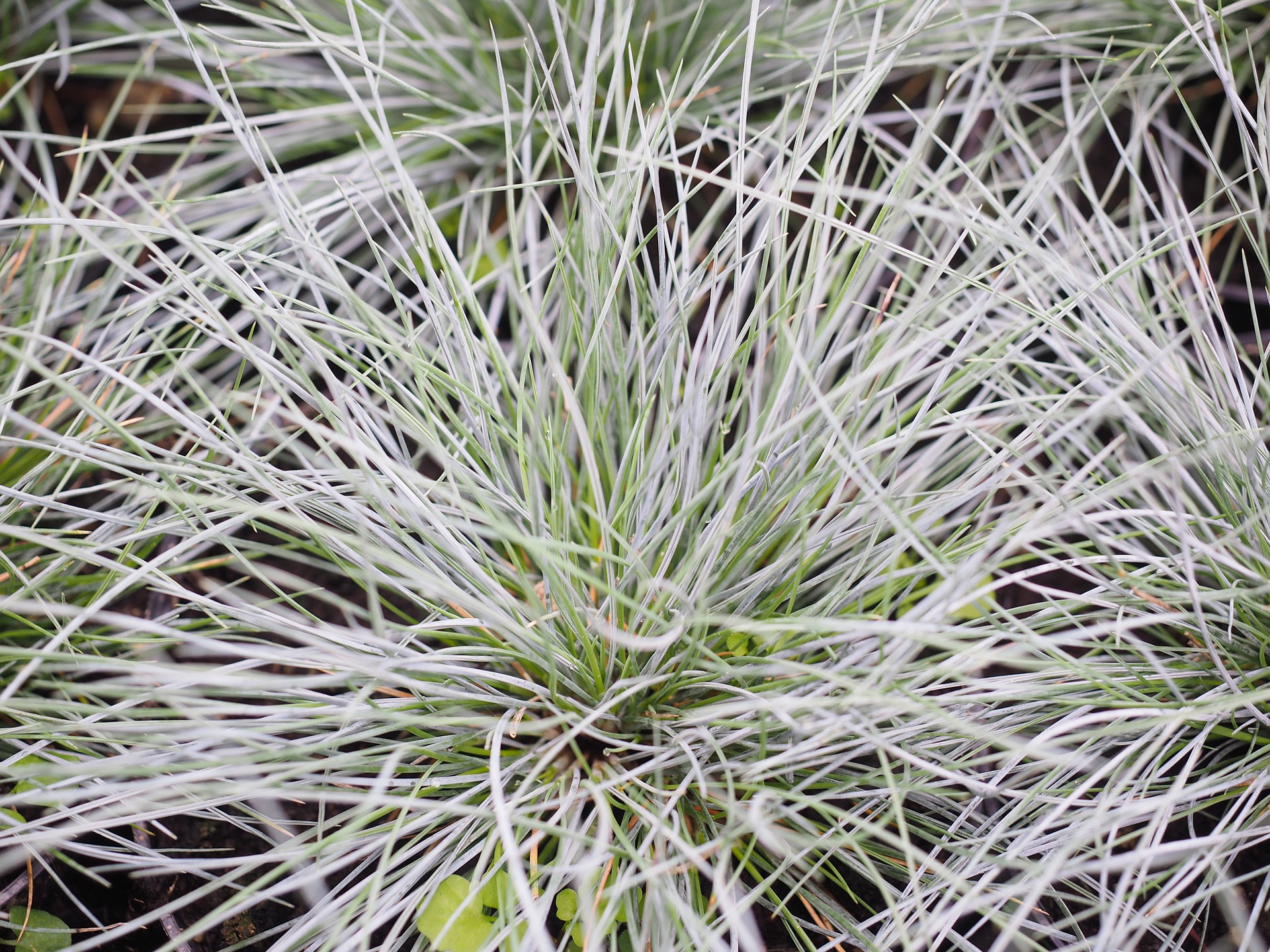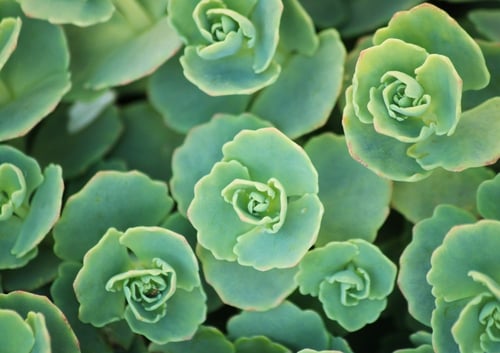
While sedum has a formidable reputation when it comes to green roofs, there are a variety of other plants that offer competitive benefits.
Ask most people, and they’ll tell you there aren’t many alternative plants for green roofs. Sedum or bust, right?
Not quite. Actually, using native plants that complement the environment are a great approach, as long as you know which alternative species will work best for a particular rooftop environment and geographic location.
This becomes a bit more challenging on extensive green roofs, explains the University of Minnesota, pointing out that plant options are more limited when you have only 3-6 inches of growing media with which to work.
“Since there is less soil and the system as a whole has to be lighter,” they explain, “extensive green roofs are not able to support trees or shrubs like intensive systems. Instead, grasses and small plants are the available vegetation options for extensive green roofs.”
That said, there are quite a few plants that fit the bill – those aforementioned grasses or plants. See? We’re not nearly as confined to sedums as common perception holds.
Let’s take a look at our favorite alternative plants for green roofs today.
Considerations When Choosing Alternative Plants for Green Roofs

We admit it’s hard to argue against the claim that sedums are an effective and easy workhorse. They are, and we can rely on them in a variety of situations and environments.
But that doesn’t mean they’re always the best choice. If we want to detain and retain stormwater, fight pollution and mitigate the urban heat island effect, there are other plants that can do the job just as well – or better.
Plus, sedums are just too easy. Where’s the challenge in knowing a plant will perform and leaving it at that? Other plants offer much in the way of color, visual interest, pollinator attraction, habitat creation and more … why wouldn’t we look deeper?
That said, not every plant works well in every situation. To find the right ones, we work with awesome planty partners such as Pizzo Native Plant Nursery and Prairie Moon to find the species that will:
- Weather storms, sun, shade, biting wind, snow, rain and other elements
- Remain resilient without getting too invasive and bullying other plants
- Grow about 2 feet or less maximum
- Deal with the stresses of extensive environments
- Work well with novel green roof components, such as mineral wool or foam-type products
We also have to remain aware of dangers such as fire hazards or biomass accumulation from grasses and other plants that die off in winter. With good management, though, those won’t become issues. (In fact, green roofs even provide firebreaks.)
As long as you choose appropriate plants, that is.
Our Favorite Alternative Plants for Green Roofs
 Some plants are easier to steward than others, which is why we’re constantly experimenting to find the best ones.
Some plants are easier to steward than others, which is why we’re constantly experimenting to find the best ones.
Here are some of our favorite natives right now, all of which will grow happily in 6-8 inches of soil and can perform admirably in even less:
- Talinum: The common name for these herbaceous succulent plants is fameflower, related to purslane and putting on a show of pale to dark pink blooms in summer.
- Coreopsis: The coreopsis genus boasts around a hundred varieties, many of which are perennial, and all of which flower prolifically.
- Echinacea: Known for its medicinal properties, echinacea are highly adaptable to a range of light, soil and water conditions and perform well in the Midwest.
- Solidago: More commonly known as goldenrod, this yellow-blooming plant puts on an astonishing array of flowers in summer and fall. There are many recumbent varieties perfect for the limitations of extensive green roofs.
- Agastache: These flowering perennials are extremely aromatic, with a wide range of bloom colors. They attract lots of pollinators to the area during the flowering season.
- Festuca: Clump-forming, evergreen and extremely tolerant of poor soil, these low-growing grass mounds make a great groundcover on extensive rooftops.
- Allium: If you recognize this genus name, it’s because you cook with many of its species, including onions, shallots, garlic, scallions, leeks and more. On rooftops, the vegetative plants produce big flowering puffballs that pollinators love.
This isn’t an exhaustive list, of course, but they are among the plants we’re enjoying most right now.
How to Start Using Alternative Plants for Green Roofs
If you’re thinking of installing a green roof, make sure to ask your green roof expert upfront about using some native alternatives to sedum. Depending on your green roof environment and preferences, you may be able to sub out some or even all of them.
Even if you have an existing roof, you can still integrate some alternatives. There are many native plants that will coexist quite happily with sedums, which your green roofer can talk you through the next time you make an appointment for maintenance and stewardship.
Want to learn more? Get in touch!

